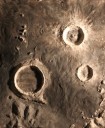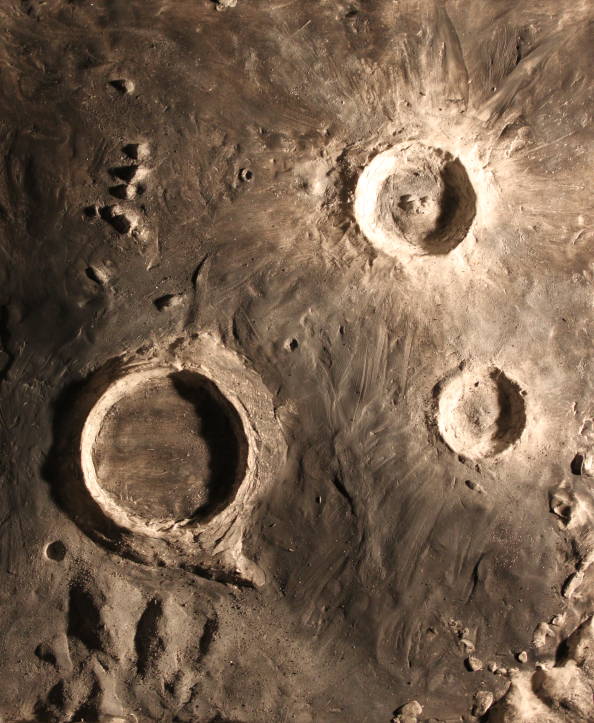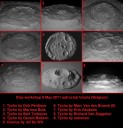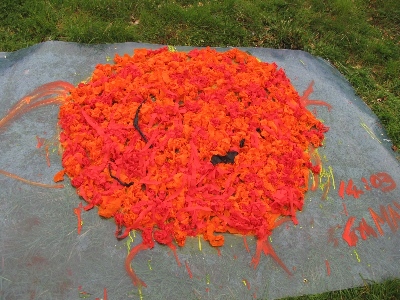
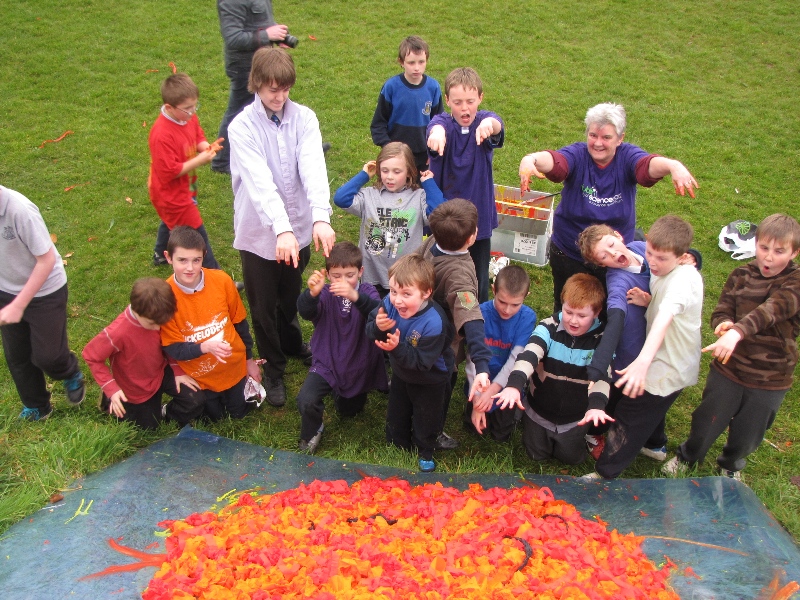
St Cronans Stargazers St Cronans National School
Bray Co Wicklow
Ireland
13:00 – 14:03 UT
May 4th 2012
May 4th 2012 14:03 UT Crepe Paper, Acrylic Paint, Washable Glue, Structure Gel and energy. Today in Bray Co Wicklow Ireland 16 boys from St Cronans National School brought the sun to Earth. Deirdre did some observations early in the day, but then because of cloud we took the rest of the information from ‘ the sun now’ on SDO. We added in Active Region 1471,with the large sunspot , some small filaments and some prominences. ( a bit of artistic licence there) We looked at the Earth to scale, we learnt about the Photosphere and the Chromosphere . We learnt about the Venus Transit. The event was part of Dublin City of Science 2012. The children did a great job and were very proud of their work. We carried our sun into the school singing ‘here comes the sun’ The Sun will be on exhibit for all the pupils to see and learn. The boys were members of St Cronans Stargazers the kids astronomy group based at the school. Action Sun – Lets bring the Sun to Earth by Deirdre Kelleghan Action Sun – is an indoor or outdoor activity which allows groups of children to participate in building a large solar disc or several solar discs. This Earth built sun mimics the Photosphere and Chromosphere of the sun, includes sunspots, filaments, and prominences present on the sun in real time. The materials are simple, paper, glue and paint. It is kinaesthetic participatory learning for young children. The activity educates and supports science through art and the creative process. We made the Sun on Earth and also learnt about the Venus Transit
Action Sun participantes were St Cronans Stargazers:
Daniel
Sean S
Ruan
Sean K
Ben
Max
Tony
Eoghan
Connor
Gerard
Ruairi
Adam
Sam
Evan
Diamuid
—
Deirdre Kelleghan
Discover Science and Engineering Science Ambassador 2012
Vice Chair IFAS
National Coordinator for Astronomers Without Borders
UNAWE rep Ireland
http://deirdrekelleghan.net
http://twitter.com/skysketcher
Pre Order Our Book on Lunar Sketching

